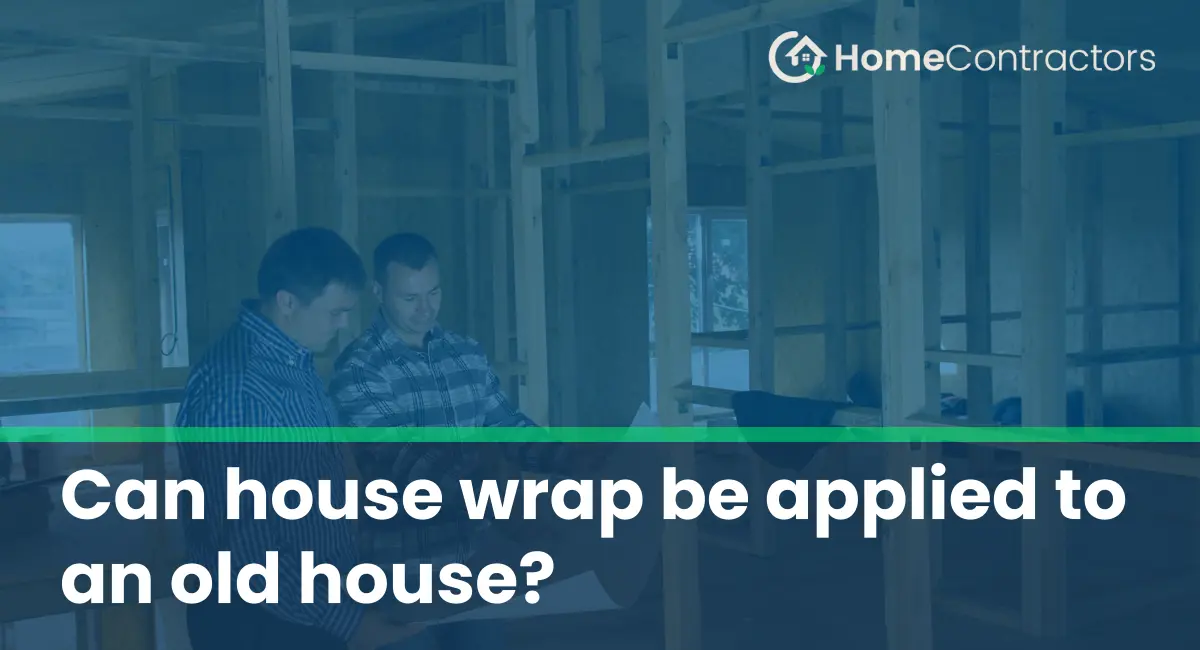In this article, we will explore whether house wrap can be applied to an old house, discussing the benefits, considerations, and potential challenges of this application.
Understanding House Wrap:
House wrap, also known as weather-resistant barrier (WRB), is a synthetic material commonly made of non-woven polypropylene fabric. Its primary purpose is to protect the building’s structural components from moisture intrusion while allowing moisture vapor to escape, preventing the buildup of mold and rot. Additionally, house wrap can enhance energy efficiency by reducing air leakage, which can lead to substantial energy savings over time.
Benefits of Applying House Wrap to an Old House:
- Improved Energy Efficiency: The primary benefit of adding house wrap to an old house is the potential improvement in energy efficiency. Older homes often lack proper insulation and may have air leaks that allow drafts and energy loss. By adding a layer of house wrap, these issues can be mitigated, leading to reduced heating and cooling costs.
- Moisture Protection: Moisture intrusion is a common concern in older homes, potentially leading to costly repairs and damage to the building structure. House wrap acts as a barrier against water infiltration, protecting the walls, insulation, and other components from moisture-related problems such as mold, rot, and decay.
- Air Barrier: Older homes are prone to air leakage due to gaps, cracks, and inadequate insulation. Applying house wrap can create an air barrier, reducing drafts and heat loss. This, in turn, improves indoor comfort and prevents conditioned air from escaping, reducing the strain on heating and cooling systems.
Considerations and Challenges:
While the benefits of using house wrap on an old house are clear, several considerations and challenges should be taken into account.
- Exterior Finishes: Applying house wrap to an old house may require removing and reinstalling exterior finishes, such as siding or cladding. This process can be time-consuming and costly, depending on the type of finish and the extent of the retrofitting.
- Structural Assessment: Before applying house wrap, it is crucial to evaluate the structural integrity of the old house. Ensuring that the existing framework is in good condition will guarantee that the house wrap installation does not hide or exacerbate any underlying structural issues.
- Moisture Control: It is essential to assess the existing moisture conditions in the old house before applying house wrap. If there are existing moisture problems, such as water leaks or high humidity levels, these should be addressed before the installation. Failure to address moisture issues can lead to the entrapment of moisture within the walls, exacerbating any existing problems.
- Professional Installation: Proper installation of house wrap is crucial for it to be effective. It is advisable to hire a professional contractor experienced in retrofitting house wrap onto older homes. They will have the knowledge and expertise to navigate potential challenges and ensure a proper and secure installation.
While applying house wrap to an old house is a viable option for improving energy efficiency and protecting against moisture intrusion, it is not without its considerations and challenges. Factors such as the condition of the existing structure, exterior finishes, and moisture control must be thoroughly evaluated before proceeding with a retrofit. Hiring a professional contractor experienced in retrofitting older homes is recommended to ensure a successful installation. By carefully addressing these factors, homeowners can enjoy the benefits of house wrap and enhance the performance and durability of their older home.
